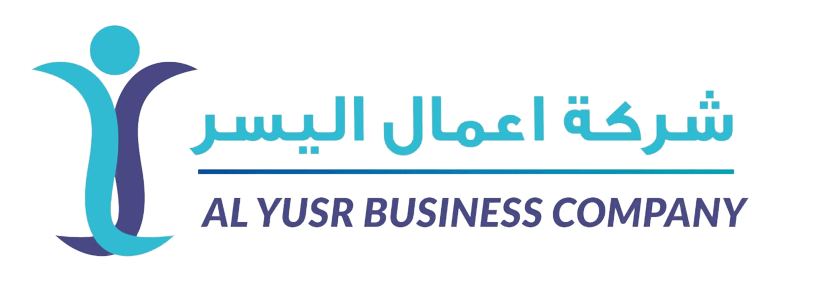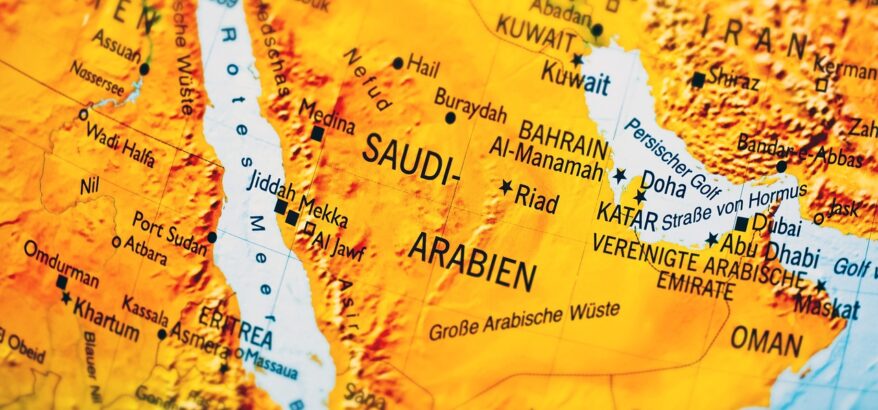Saudi Arabia, a nation steeped in rich history and culture, has emerged as a global economic player in recent years. In this article, we delve into the nuances of Saudi Arabia’s economic development, with a keen focus on the initiatives driving its growth.
Historical Economic Context
The economic journey of Saudi Arabia has witnessed significant shifts. From its early dependence on agriculture to the oil boom that transformed the nation, understanding the historical context is crucial. Key events, such as the discovery of oil reserves, have shaped the economic landscape, setting the stage for the modern economic powerhouse that Saudi Arabia is today.
1. Saudi Arabia Vision 2030
Central to Saudi Arabia’s economic ambitions is the Vision 2030 initiative. Launched in 2016, this ambitious plan aims to diversify the economy, reduce dependence on oil, and foster sustainable development. The Vision encompasses strategic goals across various sectors, providing a roadmap for the nation’s economic future.
While oil has been a cornerstone of Saudi’s economy, there is a concerted effort to diversify. The risks associated with reliance on oil have prompted the government to explore and invest in alternative sectors. Initiatives such as the creation of the Public Investment Fund (PIF) highlight the commitment to economic diversification.
2. Investment Opportunities
Saudi Arabia presents a myriad of investment opportunities, particularly in sectors like technology, renewable energy, and entertainment. The government’s initiatives, such as NEOM, a futuristic city project, aim to attract both local and international investors, fostering economic growth and development.
The embrace of technology is evident in Saudi Arabia’s economic landscape. From smart cities to advancements in artificial intelligence, technology plays a pivotal role in driving innovation and productivity. The nation’s commitment to becoming a global tech hub is evident in various projects and partnerships.
Mega projects like the Riyadh Metro and the Red Sea Project underscore Saudi’s commitment to robust infrastructure development. These projects not only enhance connectivity but also stimulate economic activities, creating a conducive environment for growth.
3. Job Market and Employment Trends
Analyzing the job market provides insights into the evolving economic scenario. Saudi has implemented various initiatives to address unemployment, including skill development programs and incentives for hiring local talent.
The economic policies of Saudi Arabia are not immune to cultural and social influences. The intertwining of cultural values with economic strategies shapes policies and initiatives. Social programs, such as the Quality of Life Program, contribute to the overall well-being and economic productivity of the nation.
4. Challenges in Economic Growth
Identifying and addressing challenges is integral to sustained economic growth. Saudi faces hurdles such as bureaucratic complexities and the need for skilled labor. Strategic measures and continuous adaptation are essential to overcoming these obstacles.
The commitment to sustainable practices is evident in Saudi’s policies. From renewable energy projects to environmental conservation initiatives, the nation strives to balance economic growth with environmental responsibility.
5. Tourism as an Economic Driver
Tourism emerges as a significant contributor to economic diversification. Initiatives like the “Visit Saudi” campaign aim to showcase the nation’s cultural and historical treasures, attracting tourists and boosting the hospitality sector.
Support for local entrepreneurs and small businesses is a cornerstone of Saudi’s economic strategy. Initiatives like the “Monsha’at” program provide resources and incentives, fostering a thriving entrepreneurial ecosystem.
Conclusion
In conclusion, Saudi’s economic development is a dynamic journey marked by visionary initiatives, strategic partnerships, and a commitment to sustainable growth. The nation’s evolution from an oil-dependent economy to a diversified powerhouse reflects resilience and adaptability.
FAQs
What is Vision 2030, and how does it impact Saudi Arabia’s economy?
Vision 2030 is a strategic initiative aiming to diversify Saudi Arabia’s economy, reduce dependence on oil, and foster sustainable development. It impacts the economy by setting goals and guidelines for various sectors.
- How is Saudi Arabia addressing unemployment?
Saudi Arabia addresses unemployment through initiatives such as skill development programs and incentives for hiring local talent, creating a more robust job market.
- What are the key challenges in Saudi Arabia’s economic growth?
Challenges include bureaucratic complexities, the need for skilled labor, and other hurdles that require strategic measures and continuous adaptation.
- How does Saudi Arabia balance economic growth with sustainable practices?
Saudi Arabia balances economic growth with sustainable practices through initiatives like renewable energy projects and environmental conservation, showcasing a commitment to environmental responsibility.
- What role does technology play in Saudi Arabia’s economic landscape?
Technology plays a pivotal role in Saudi Arabia’s economic growth, with advancements in smart cities, artificial intelligence, and other sectors driving innovation and productivity.

